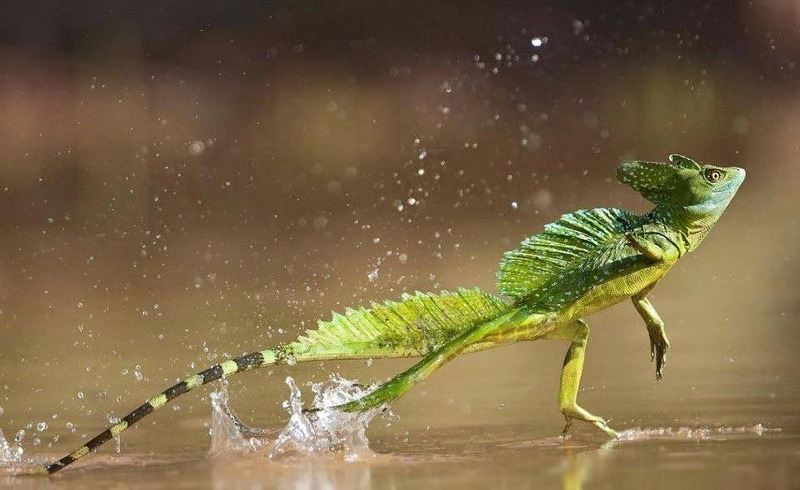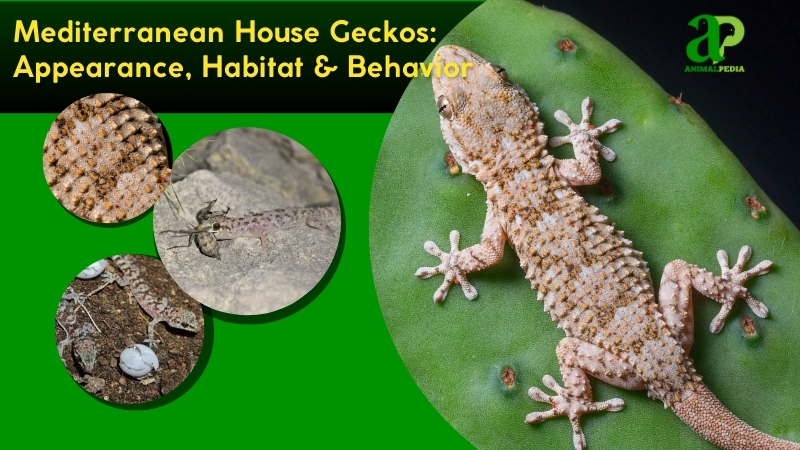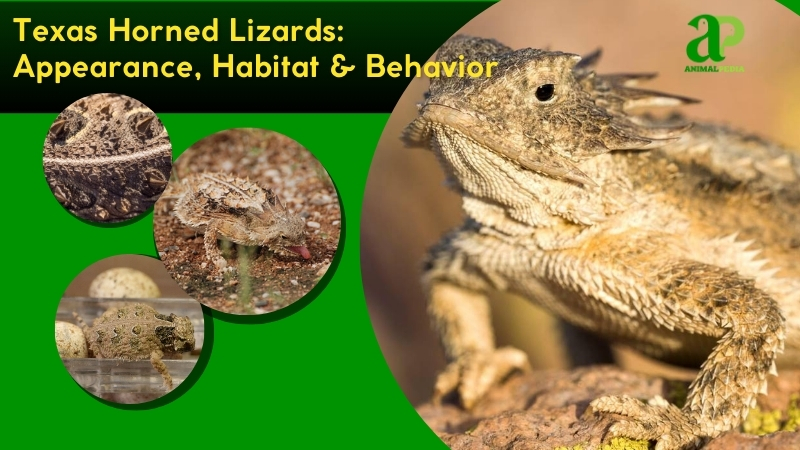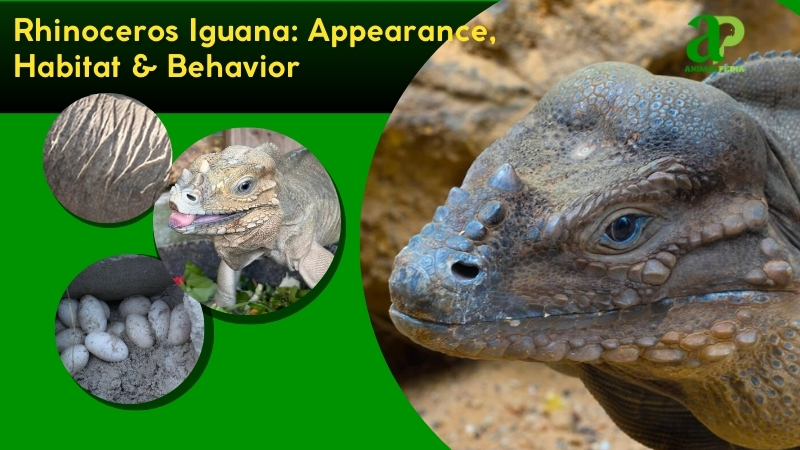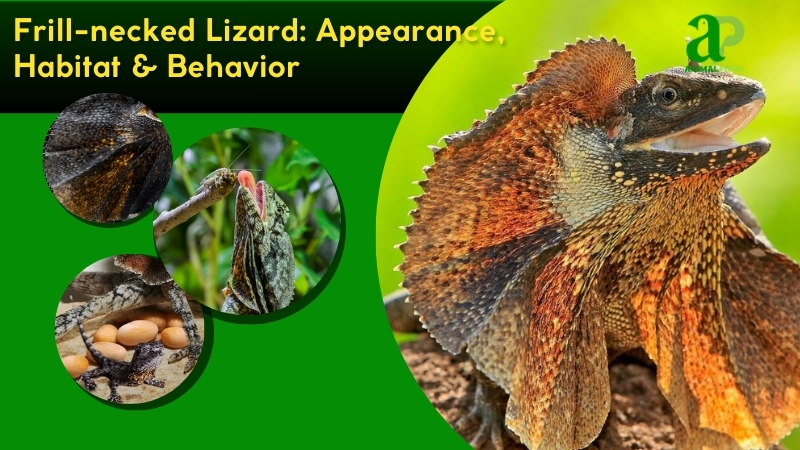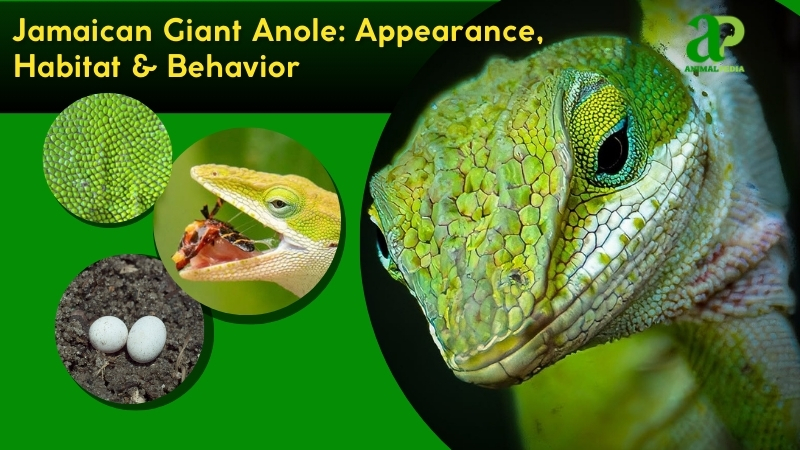The common basilisk, a striking reptile, boasts four recognized species. Its vivid appearance and unique traits captivate wildlife enthusiasts. Native to Central and South America, this lizard thrives in a wide range of habitats. Researchers value its biology.
The common basilisk (Basiliscus basiliscus), also known as the Jesus Christ lizard, stands out for its vibrant green coloration. Males display prominent crests on their heads, backs, and tails, reaching lengths of 27-30 inches (70-75 centimeters), including the tail. Females are smaller and have fewer ornate features. These reptiles inhabit regions from southern Mexico to northwestern Colombia, where they frequent rivers and forests.
Preferring warm, humid environments like rainforests and riverbanks, the basilisk’s most famous ability—running across water—is made possible by its long, fringed toes. This adaptation suits its semi-aquatic lifestyle, allowing it to move effortlessly between land and water. Similar environmental adaptations appear in species like the Mexican Beaded Lizard, which thrives in dry forests and uses its venom and slow metabolism to survive in contrasting conditions.
Not an apex predator, the basilisk excels as an agile hunter. It sprints on its hind legs to catch insects, small vertebrates, and fruits, demonstrating omnivorous feeding habits. Prey includes beetles and fish. The basilisk avoids human contact, fleeing rapidly when threatened. This behavior highlights its elusive nature.
Mating season peaks during the rains, from May to August. Females deposit 5-15 eggs in moist soil, with a 70-80 day incubation period. Hatchlings, independent at birth, develop quickly and reach maturity in 18-24 months. The average lifespan is 7-8 years, underscoring the species’ resilience in its native habitat.
This article explores the common basilisk’s appearance, habitat, and behavior, focusing on its extraordinary water-running capability and predatory nature. By examining its hunting tactics, dietary preferences, and reproduction, we gain insight into this fascinating lizard species.
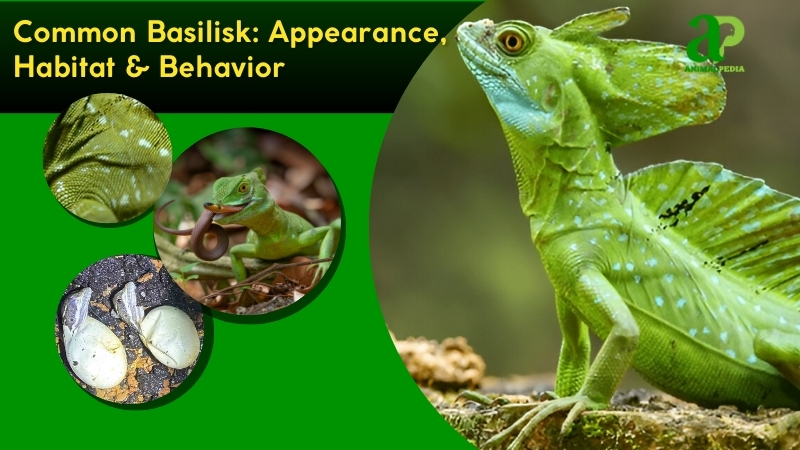
What do the Common Basilisk look like?
The common basilisk, nicknamed the Jesus Christ lizard, has a sleek, long body. Its bright green color, sometimes marked with brown or gray, makes it perfectly blend into rainforest vegetation. The skin features small, keeled scales—rough but flexible—ideal for its life both on land and in water.
Male basilisks display prominent crests on their head, back, and tail, while females have smaller or no crests. These crests, along with a strong neck and thin limbs, give the basilisk its majestic appearance. Its triangular head houses alert eyes and a sensing tongue. The whip-like tail and specialized toes complete its agile form.

Unlike the bulkier green iguana (Iguana iguana), the basilisk is more streamlined with more textured scales for better grip. The basilisk’s most notable feature—its fringed toes—allows it to perform its famous water-running feat, sprinting up to 65 feet across water surfaces at nearly 5 feet per second. This unique adaptation distinguishes it from similar species.
The basilisk’s vivid coloration resembles the emerald tree boa (Corallus caninus), but its amphibious lifestyle sets it apart from purely tree-dwelling reptiles. The basilisk’s body structure represents perfect evolutionary adaptation to Central American rainforest environments, balancing needs for land movement, water escape, and camouflage.
How big do Common Basilisk get?
The common basilisk typically measures 2.0-2.5 feet (0.61-0.76 meters) in length, including the tail, and weighs 0.44-1.32 lbs (0.2-0.6 kilograms). Males generally grow larger than females, reflecting clear sexual dimorphism. These lizards reach adulthood in 18-24 months, common in Central America’s lush forests.

Research, including Savage (2015), notes the largest basilisk at 2.8 feet (0.85 meters) and 1.43 lbs (0.65 kilograms), recorded in Costa Rica.
Adult males range from 2.3-2.5 feet (0.70-0.76 meters) and 1.1-1.32 lbs (0.5-0.6 kilograms), while females span 1.8-2.1 feet (0.55-0.65 meters) and 0.66-0.99 lbs (0.30-0.45 kilograms). Males owe their greater size to prominent crests and sturdier frames. See the table below:
| Trait | Male | Female |
| Length | 2.3-2.5 ft (0.70-0.76 m) | 1.8-2.1 ft (0.55-0.65 m) |
| Weight | 1.1-1.32 lbs (0.5-0.6 kg) | 0.66-0.99 lbs (0.3-0.45 kg) |
What are the unique physical characteristics of the Common Basilisk?
The Common Basilisk, nicknamed the Jesus Christ lizard, runs on water—a rare trait in reptiles. This ability comes from its specialized fringed toes—elongated digits with lateral skin flaps. These adaptations create greater surface area, trapping air and water to support its weight momentarily. Male basilisks display prominent dorsal crests on the head, back, and tail, unlike most lizard species. These crests, combined with their bright green coloration, make them instantly recognizable.

Research by Pianka and Vitt (2020) explains the biomechanics of water running. The digital lamellae generate sufficient lift and thrust to achieve speeds of 4.9 feet per second over distances up to 65 feet. This locomotion method distinguishes basilisks from related reptiles, such as iguanas and anoles, that lack such limb specialization. The distinctive crests consist of elongated vertebral spines that serve display functions rather than assist movement, according to Savage (2015). These two key adaptations—specialized toe structure and cranial/dorsal crests—define the basilisk’s evolutionary advantage in Central American ecosystems.
For detailed information on squamata characteristics, please consult our comprehensive guide.
How does the Common Basilisk adapt with its unique features?
The Common Basilisk, nicknamed the “Jesus Christ lizard,” has an adaptation that allows it to run across water. This evolutionary trait stems from specialized hind feet with large, fringed toes that trap air pockets, providing enough buoyancy and thrust to escape predators such as raptors and snakes. Researchers consider this water-running capability a masterpiece of natural biomechanical engineering, combining velocity and anatomical design (Glasheen & McMahon, 1996).
The basilisk’s sensory adaptations complement its water-walking ability. Its keen vision quickly identifies threats in dense rainforests. Heightened auditory perception detects faint sounds and vibrations, providing early warning systems. A sophisticated olfactory system enables efficient prey detection, supporting its omnivorous feeding habits. These integrated sensory mechanisms enhance its signature locomotion, ensuring the species’ ecological resilience across its Central American range.
Anatomy
The Common Basilisk exemplifies evolutionary engineering, with a body built for agility, speed, and survival in Central America’s dense forests and waterways. Its anatomical systems work in harmony to sustain its extraordinary behaviors, including running across water—a feat that’s earned it the nickname “Jesus lizard.” Below is a breakdown of its major physiological systems and how they serve this unique lifestyle.
- Respiratory System: Efficient lungs fuel rapid sprints, drawing oxygen swiftly. This sustains its high-energy escapes across water and land.
- Circulatory System: A robust heart pumps oxygenated blood fast. It supports stamina for predator evasion and territorial displays.
- Digestive System: A versatile gut processes plants and insects. This omnivorous diet ensures nutritional flexibility in diverse habitats.
- Excretory System: Compact kidneys filter waste effectively. This maintains hydration balance in humid forests and near water sources.
- Nervous System: Sharp reflexes and keen senses dominate. It enables quick reactions to threats and precise movements on varied terrain.
Together, these systems define the Common Basilisk as a highly specialized reptile, optimized for rapid motion and survival in complex habitats. Its biology is not only a subject of fascination but also a vital example in biomechanical and evolutionary studies (Hsieh, 2016).
Where do Common Basilisk live?
Common Basilisks inhabit tropical regions across Central and South America, ranging from southern Mexico to northwestern Colombia. They populate lowland rainforests in Panama, Costa Rica, and Nicaragua—areas rich in biodiversity and water sources. These lizards prefer elevations below 600 meters near rivers and streams (Savage, 2018).
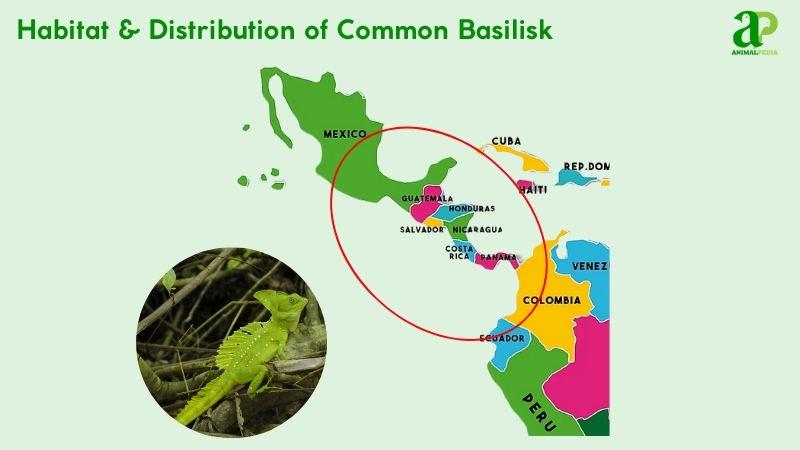
Their natural habitat features dense vegetation, consistent warmth, and abundant water—essential to their famous ability to run across water. High humidity and regular rainfall support their omnivorous diet of insects, small vertebrates, and plant matter. This environment perfectly accommodates their semi-arboreal lifestyle.
Paleontological evidence indicates Basilisks have occupied these Neotropical ecosystems for thousands of years without significant range changes. Herpetologists, including Savage (2018), have documented that their distribution closely tracks riparian zones and humid forests, highlighting water dependency as critical to their evolutionary success and survival strategy.
How do seasonal changes affect their behavior?
Common Basilisks display strong seasonal behaviors shaped by Central America’s tropical climate. Their daily rhythms and energy use closely follow rainfall patterns and ambient temperatures.
- Wet Season (May-November): Heavy rains boost activity. Basilisks bask less, hunt more, and breed actively, leveraging abundant prey and water to sprint for escape.
- Dry Season (December-April): Arid conditions slow them. They conserve energy, bask longer on branches, and reduce foraging, adapting to scarcer resources.
These seasonal strategies reflect the basilisk’s ecological intelligence—balancing survival, reproduction, and energy under climatic stressors (Dunham, 2018). Their adaptability highlights evolutionary success in tropical ecosystems.
What is the behavior of the Common Basilisk?
The Common Basilisk showcases a rich behavioral repertoire adapted to life in the tropical forests of Central America. From its unique locomotion to social interactions, every trait serves a survival purpose.
- Feeding Habits: Omnivorous, it devours insects and plants. Diet shifts with seasonal prey availability.
- Bite & Venomous: Non-venomous; its bite is harmless. It relies on speed, not poison, for defense.
- Daily Routines & Movements: Diurnal, it basks and hunts by day. Night brings rest in trees.
- Locomotion: Famous for water-running, it sprints upright. Fringed toes aid this biomechanical feat.
- Social Structures: Solitary, males defend territories fiercely. Females overlap ranges with less conflict.
- Communication: Visual crests signal dominance. Hiss-like sounds deter rivals.
Together, these behaviors reveal a lizard perfectly tuned to its environment—both predator and prey, solitary yet expressive. Up next, we explore what fuels its survival: the basilisk’s feeding habits.
Discover more about the Gila Monster species, a venomous desert lizard whose slow, deliberate hunting contrasts with the swift, agile tactics of the Jamaican Giant Anole.
What do Common Basilisk eat?
Common Basilisks are omnivores, relishing insects, small vertebrates, and plants. Favorites include beetles and berries, thriving in their tropical habitat. As non-aggressive carnivores, they don’t attack humans, preferring flight over fight (Savage, 2018). They snatch food with quick bites, swallowing whole or tearing chunks. Large prey risks choking—rare, as they gauge size well.
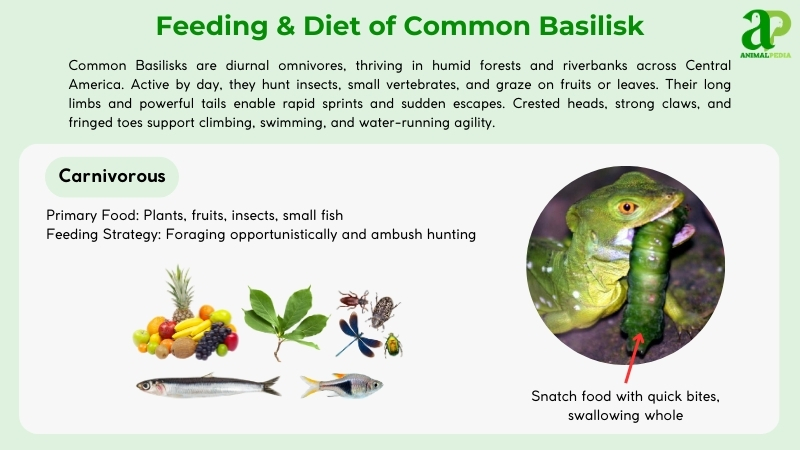
- Diet by Age
Juvenile Common Basilisks primarily eat insects like ants and flies. As they grow, their diet expands to include larger prey such as beetles, small vertebrates, and plant material. Adults are opportunistic feeders, consuming a wide range of insects, fruits, and small animals such as frogs and fish.
- Diet by Gender
Male and female Common Basilisks have broadly similar diets. However, dominant males may have access to a larger territory, enabling them to obtain more consistent access to diverse food sources. Still, there is no strong evidence for sex-based dietary specialization.
- Diet by Seasons
In the wet season, food is abundant, and Basilisks actively forage for insects, fruits, and small animals. During the dry season, prey becomes scarce, prompting reduced activity and selective feeding. They rely more on easily accessible vegetation and smaller insects.
How do Common Basilisk hunt their prey?
Common Basilisks are expert hunters, relying on their keen eyesight and agility to catch insects like beetles, crickets, and spiders. They carefully stalk their prey, calculating the distance before dashing in for a rapid strike. Once close enough, they use their sharp teeth to grab and immobilize the insect swiftly.
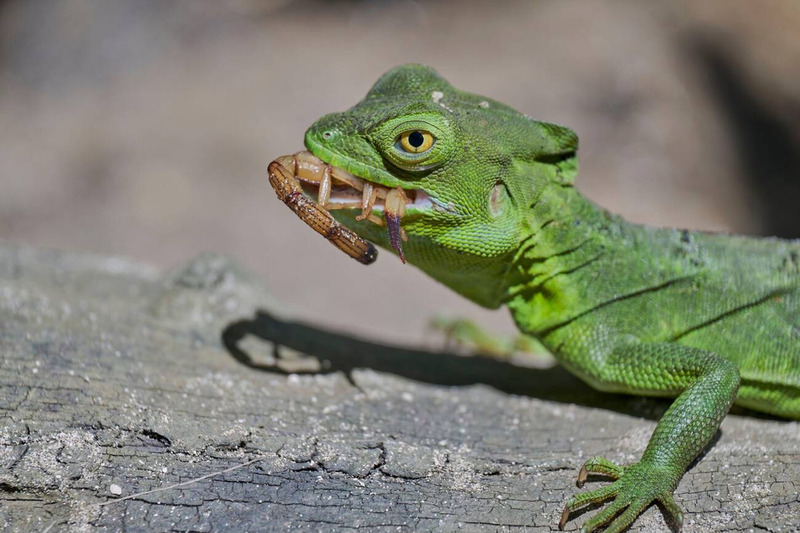
With lightning-fast reflexes, they subdue their meal before devouring it. These creatures adjust their hunting strategies based on the type of prey encountered, whether it’s a beetle scuttling on the forest floor or a cricket hidden in the undergrowth. Witnessing these magnificent creatures in action showcases the wonders of nature.
Are Common Basilisk venomous?
Common Basilisks are not venomous. These agile reptiles, known for their speed and dexterity, lack venom glands entirely. They rely instead on their sharp teeth and powerful jaws to capture prey.
These tropical lizards hunt using a combination of stealth and explosive bursts of movement. They target insects, small vertebrates, and aquatic prey in their rainforest habitats. Their hunting technique involves patient stalking followed by a precise strike—a testament to their evolved predatory adaptations.
While the Common Basilisk (Basiliscus basiliscus) possesses no toxic capabilities, it is an efficient predator in Central and South American ecosystems. Their camouflage abilities and lightning-quick reflexes compensate for their lack of venom, making them successful hunters throughout their range.
When are Common Basilisks most active during the day?
Common Basilisks are most active in the early morning and late afternoon, preferring to avoid the harsh midday sun. They come out at dawn, energized and ready for a day of hunting and exploration. These creatures possess agility and hunting skills, relying on their sharp eyesight to catch insects, small fish, and amphibians for food.

During the day, you’ll find Common Basilisks near water bodies, where they can swiftly escape predators by diving in and running across the surface, showcasing their unique ability to walk on water. This behavior has earned them the nickname “Jesus Christ lizards.”
Their daytime activity allows them to cover a large area in search of prey while remaining vigilant against potential threats. To observe these fascinating creatures in their element, it’s best to be up early and witness their natural behavior firsthand.
How do Common Basilisk move on land and water?
Common Basilisks are incredibly agile both on land and in water, thanks to their unique physical features. On land, they move swiftly using their strong hind limbs and sharp claws for traction, effortlessly darting through dense vegetation.
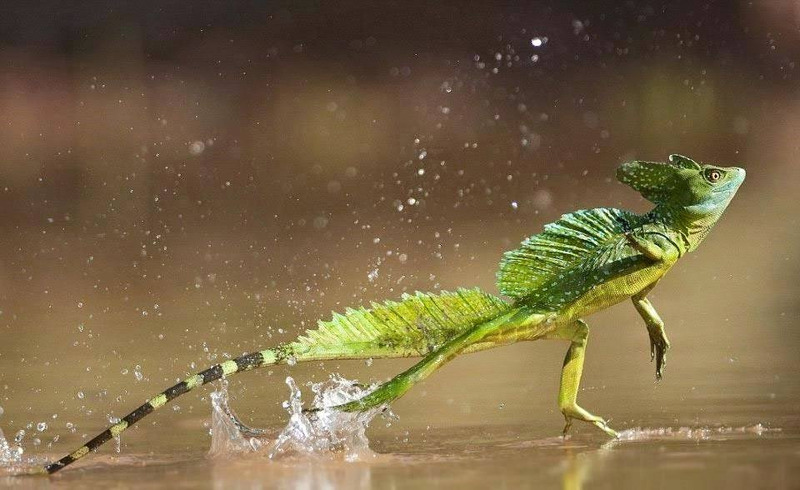
When encountering water, Common Basilisks display an ability – they can run on the water’s surface! Their wide, webbed feet and quick movements enable them to stay afloat and glide across water, like a skilled dancer gliding across a stage.
Picture the excitement of observing a Common Basilisk gracefully leaping from tree to tree or skimming the water with exceptional speed. These creatures embody freedom through their unrestricted movement abilities. Nature has truly created a magnificent marvel that can conquer both land and water with such elegance and agility.
Do Common Basilisks live alone or in groups?
Common Basilisks are solitary reptiles. They prefer to live alone, except during breeding season. These Jesus lizards (nicknamed for their ability to run on water) establish and defend individual territories in their rainforest habitats.
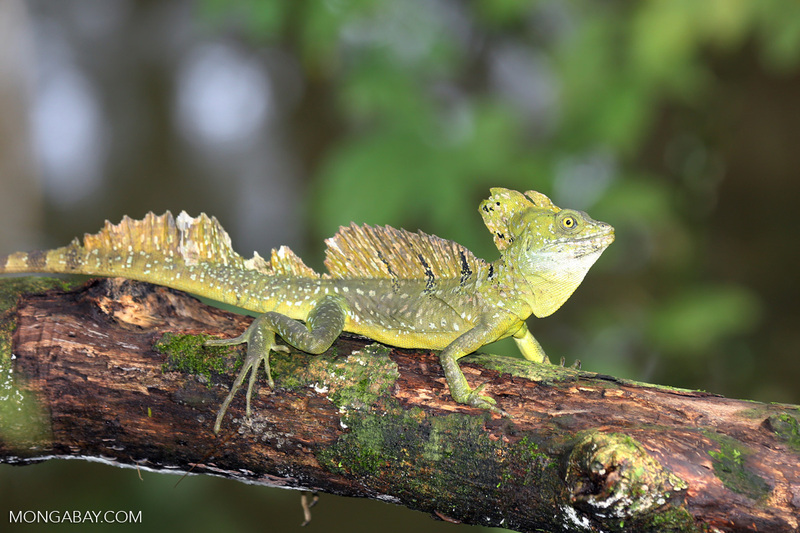
Young basilisks may briefly stay near their hatching site, but they quickly disperse. Adult males are particularly territorial, avoiding contact with other basilisks outside mating periods. This solitary behavior helps them maximize access to food resources and basking spots along waterways.
During rare encounters with other basilisks, they exhibit territorial behavior, including head bobbing and physical confrontations. Their independent lifestyle aligns with that of most Corytophanidae, supporting their successful adaptation to tropical ecosystems throughout Central and South America.
How do Common Basilisks communicate with each other?
Within their social groups, Common Basilisks communicate through a range of non-verbal signals. These captivating reptiles utilize body language, such as head movements and postures, to convey messages and maintain connections among themselves.
For instance, when a basilisk raises its head and rapidly bobs it, it may be asserting dominance or marking its territory. Conversely, a flattened body and gentle head movements could signal submission or relaxation.
In addition to body language, Common Basilisks also rely on visual displays to express emotions and intentions. They might alter the color of their skin or flaunt their frills to convey feelings such as fear or aggression. By interpreting these visual cues, basilisks can establish and reinforce social hierarchies within their groups, thus minimizing conflicts and promoting cohesion.
How do Common Basilisk reproduce?
Common Basilisks reproduce through egg-laying (oviparous reproduction). Their breeding season occurs during the wet months, May through August, when resources are plentiful. Male basilisks initiate courtship with dramatic displays of their distinctive crests, accompanied by head-bobbing movements and visual signals. Receptive females respond with subtle cues, often followed by brief pursuit behaviors near waterways.
Post-copulation, female basilisks excavate shallow nests in moist soil near water sources, concealed by vegetation. They deposit clutches of 10-20 eggs, each weighing 2-3 grams. Maternal involvement typically ends shortly after oviposition, though brief nest-guarding may occur. Environmental factors, such as drought or predator abundance, can disrupt normal nesting behaviors.

The incubation period spans 60-75 days, with ambient temperature directly influencing embryonic development. Hatchlings emerge at 10-12 centimeters long, completely self-sufficient from birth. They immediately begin hunting small insects and grow rapidly, achieving sexual maturity within 1-2 years.
In the wild, these lizards typically live 7-10 years. Crest morphology in males serves as a key fitness indicator, significantly influencing female mate selection. This physical trait directly correlates with reproductive success, establishing clear connections between physical condition, territorial dominance, and breeding outcomes.
How long do Common Basilisks live?
Common Basilisks live 7 to 10 years in the wild. Their lifespan varies with predation and habitat quality. In captivity, these Jesus lizards may survive longer with proper care.
Males and females share similar lifespans, though territorial males face higher mortality rates. Juvenile basilisks reach sexual maturity in 1-2 years, growing quickly on insect-rich diets.
Environmental factors shape basilisk longevity. Tropical conditions, including rainfall patterns, temperature fluctuations, and prey availability, directly impact these reptiles’ survival in their native Central and South American ecosystems.
What are the threats or predators that Common Basilisk face today?
The Common Basilisk, a marvel of Central and South American rainforests, faces multiple threats and predators today. As an expert in herpetology, I’ll break down the challenges this species endures with precision.
Current threats include habitat loss, climate change, and the pet trade. Predators range from birds to mammals, while human activity amplifies these pressures. Here’s the detailed breakdown:
- Habitat Loss: Deforestation for agriculture and urban expansion destroys the lowland forests and waterways basilisks depend on. This reduces the availability of shelter and breeding sites, pushing populations into fragmented habitats with higher predation risk.
- Climate Change: Rising temperatures and altered rainfall disrupt the humid, tropical conditions in which basilisks thrive. Studies show that shifting ecosystems threaten prey availability and the water-running escape strategy (Böhm et al., 2016).
- Pet Trade: Capture for exotic pet markets depletes wild numbers. Though not yet critical, it stresses local populations, especially in accessible areas.
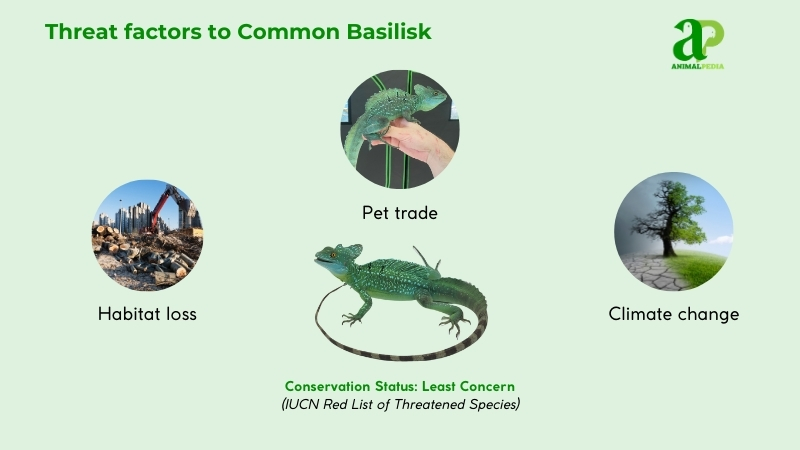
Predators include raptors like hawks and eagles, which snatch basilisks from trees or mid-flight across water. Snakes, such as constrictors, ambush them in foliage. Mammals—opossums and coatis—prey on eggs and juveniles, taking advantage of their vulnerability.
Human impact is profound. Beyond habitat destruction, road construction fragments populations, increasing mortality. Research from the IUCN Red List (2019) confirms that while Common Basilisks are “Least Concern,” ongoing deforestation in Costa Rica and Panama threatens their stability. Conservation efforts must prioritize habitat preservation to curb these effects.
This species’ resilience—its ability to run on water and climb adeptly—helps it evade threats, but human-induced pressures test its limits. Awareness and action are vital to protect this ecological gem.
Are Common Basilisk endangered?
The Common Basilisk is not endangered. This reptile, known for its ability to run on water, maintains stable populations in the wild.
The International Union for Conservation of Nature (IUCN) lists the Common Basilisk in the “Least Concern” category. Their 2019 assessment confirms its widespread presence from southern Mexico to northern Colombia. The species thrives in rainforest habitats and riparian zones, showing adaptability despite environmental challenges.
Population metrics are incomplete due to the basilisk’s extensive range and secretive behavior. However, scientific data indicate consistent numbers with no major decline observed in recent years. The IUCN Red List notes that while deforestation in Costa Rica and Panama presents threats, the basilisk’s survival skills—tree climbing and water running—help offset these pressures. Local research in Panama’s Soberanía National Park found densities of 1-2 basilisks per hectare in ideal settings. This data supports its non-threatened classification, reinforced by successful reproduction rates and versatile feeding habits.
What conservation efforts are underway?
Conservation efforts for the Common Basilisk span Central and South America, focusing on habitat preservation and population monitoring. These initiatives protect this water-running reptile despite its current stable status.
Protected area networks form the backbone of basilisk conservation. The International Union for Conservation of Nature (IUCN) works alongside regional entities, such as Costa Rica’s National System of Conservation Areas (SINAC), to safeguard vital lowland rainforest ecosystems. Corcovado National Park exemplifies these sanctuaries, shielding riparian zones where basilisks thrive. The IUCN’s 2019 assessment lists the species as “Least Concern” but warns against complacency.
Legal frameworks reinforce on-the-ground protection. Costa Rica’s 2016 Forestry Law prohibits logging in critical zones, directly combating threats of deforestation from agriculture and development. Panama enforces similar restrictions near waterways—crucial basilisk habitats—through its Environmental Ministry regulations. These measures target both forest clearing and water pollution that could disrupt the species’ ecological niche.
The Reptile Conservation Center in Panama operates one of the few captive breeding programs for basilisks, having released 50 juveniles since 2018, with 80% post-release survival. These initiatives strengthen genetic diversity rather than address immediate extinction concerns.
Restoration projects show promising results. Organizations, including the Rainforest Foundation and local environmental groups, have spearheaded Nicaraguan reforestation efforts, restoring 1,000 hectares of basilisk habitat since 2017. These combined approaches—habitat protection, legal enforcement, and ecosystem restoration—create comprehensive conservation strategies ensuring the basilisk’s continued presence throughout its natural range.
Frequently Asked Questions
Do Common Basilisks Make Good Pets?
Common basilisks aren’t recommended as pets due to their specialized care needs, including large enclosures and specific diets. Stick with more suitable companions for a smooth pet experience that fits your lifestyle.
How Fast Can Common Basilisks Run on Water?
Imagine sprinting at incredible speeds on water, effortlessly gliding across the surface. Common basilisks perform this amazing feat by using their powerful hind legs to run on water, reaching speeds of up to 5 feet per second.
Can Common Basilisks Change Color?
Yes, common basilisks can change color. Their ability to blend in with their environment helps them avoid predators and capture prey effectively. This color-changing trait showcases the ingenuity and adaptability of these creatures.
Are Common Basilisks Endangered Species?
You should know that common basilisks are not endangered. Their population is currently stable. This reptile’s adaptability to various environments allows it to thrive in its habitats, ensuring its survival.
Conclusion
The Common Basilisk stands as a reptile with distinctive adaptations that make it an evolutionary marvel. Its water-running ability earned it the “Jesus Christ lizard” nickname, while its vibrant emerald coloration provides essential camouflage in tropical environments. Conservation initiatives now address critical threats, including rainforest destruction, climate change impacts, and illegal wildlife trafficking. Through habitat protection and international trade regulations, we can preserve Basiliscus basiliscus populations for future scientific study and ecological balance.
By safeguarding these specialized reptiles in their native Central and South American ecosystems, we protect not just the species but the biodiversity networks they support. Their continued survival represents an important success in wildlife management and environmental stewardship.

